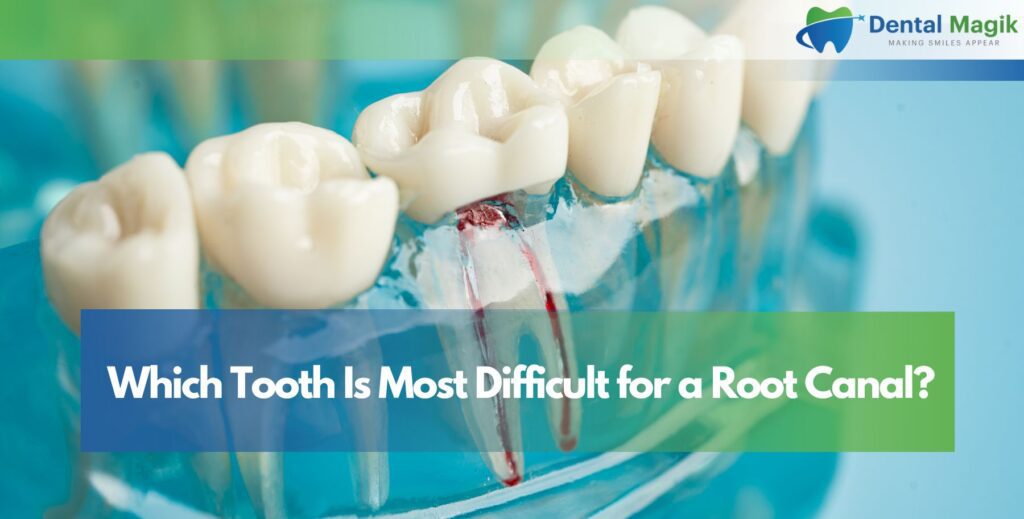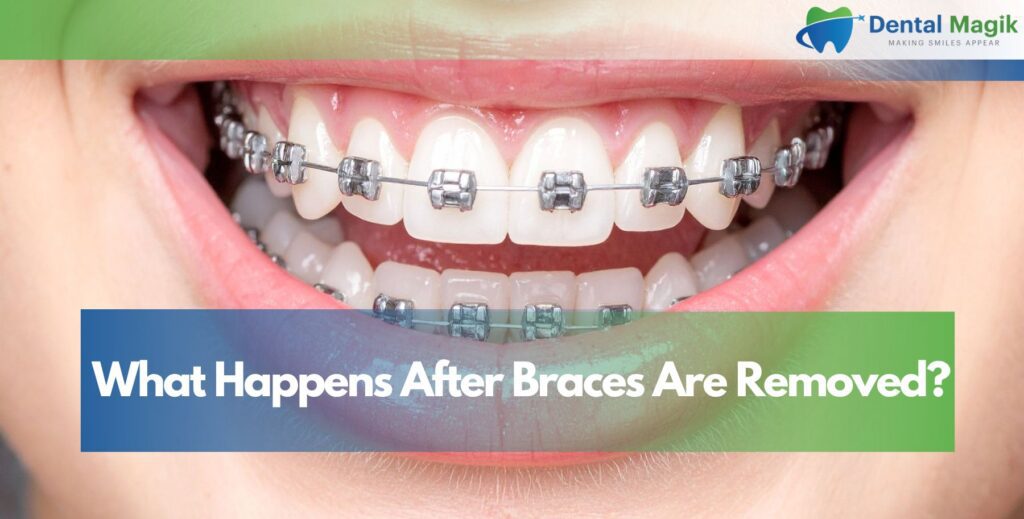Root canal treatment is one of the most common and effective procedures in dentistry, designed to save teeth that are severely decayed or infected. While many patients fear the procedure due to its reputation, modern techniques have made root canals far more comfortable and efficient. Still, not all teeth are equally easy to treat. Some teeth pose more challenges due to their location, shape, and anatomy.
So, which tooth is most difficult for a root canal? This article will explore the complexities of different teeth, why certain ones are harder to treat, and what patients should expect when undergoing this procedure.
Understanding Root Canal Treatment
Before diving into the specifics of difficult teeth, it’s important to understand what a root canal involves.
What Is a Root Canal?
A root canal procedure removes infected pulp from inside a tooth, disinfects the canals, and seals them with a filling material to prevent reinfection. This helps preserve the natural tooth, avoiding extraction.
Why Root Canals Are Necessary
- Severe tooth decay
- Deep cracks or trauma
- Repeated dental procedures
- Severe infection or abscess
Factors That Influence the Difficulty of a Root Canal
The complexity of a root canal procedure depends on multiple factors:
Tooth Location
Front teeth are generally easier to treat because they have fewer roots and canals. Back teeth, especially molars, have more roots and intricate canals, making them more challenging.
Root Anatomy
Some teeth have straight, single canals, while others have multiple curved canals. Curved or narrow canals increase difficulty.
Access to the Tooth
Molars at the back of the mouth are harder to reach, requiring more precision and advanced tools.
Which Tooth Is Most Difficult for a Root Canal?
Generally, the upper molars (maxillary molars) are considered the most challenging teeth for root canal treatment.
Why Upper Molars Are Difficult
- They often have three roots, compared to one root in front teeth.
- These roots can branch into four or more canals, making them harder to locate and clean.
- Their location at the back of the mouth makes visibility and access more difficult.
- The curved canals require advanced techniques and tools to treat effectively.
Comparing Different Teeth in Root Canal Difficulty
Different teeth present varying levels of difficulty for root canals. Front teeth, with single straight canals, are usually the easiest. Premolars may have two canals, adding complexity. Molars, especially upper molars, are the most difficult due to multiple curved canals and limited access, often requiring advanced dental expertise.
Front Teeth (Incisors and Canines)
- Typically the easiest to treat
- Usually one root and one straight canal
- Accessible location
Premolars
- More complex than front teeth
- Often two roots with multiple canals
- Moderate level of difficulty
Molars (Lower and Upper)
- Most complex and time-consuming
- Multiple roots and canals
- Narrow, curved, or branching canals
Pain Levels in Root Canal Procedures
A common concern is which tooth is most painful to treat. While pain levels vary depending on infection and personal sensitivity, molars can feel more uncomfortable due to their complexity and longer procedure time.
What Hurts the Most During a Root Canal?
- The initial infection and inflammation, not the procedure itself
- Sensitivity when accessing infected tissue
- Post-treatment soreness as tissues heal
Are Root Canals Easier on Top or Bottom Teeth?
Root canals on lower teeth are usually easier because they have fewer curves and less complicated canal structures. Upper molars, however, are trickier due to their multiple roots and positioning in the mouth. This difference often makes root canals on top teeth more time-consuming and technically challenging for dentists.
Upper Teeth
More difficult due to multiple curved canals and limited access.
Lower Teeth
Generally easier, though lower molars may still be challenging due to anatomy.
Root Canal vs. Extraction: Which Is Better?
Patients sometimes wonder whether it’s better to pull a tooth or get a root canal.
Why Dentists Prefer Root Canals Over Extractions
- Preserves natural tooth structure
- Prevents bone loss in the jaw
- Maintains proper bite and alignment
- Often less expensive long term than replacing a tooth with implants or bridges
Do You Need a Crown After a Root Canal?
In most cases, yes. A tooth that undergoes a root canal is weaker and more brittle, so a dental crown provides added strength and protection.
Healing and Recovery
Healing after a root canal depends on the tooth treated and the patient’s oral health. Most people experience mild soreness for a few days, easily managed with over-the-counter medication. Molars may take longer to recover due to deeper work. Following aftercare instructions ensures smoother recovery and long-term treatment success.
How Long Does a Root Canal Take?
- Front teeth: 30–60 minutes
- Molars: 90 minutes or more, sometimes requiring two visits
What Heals Faster: Root Canal or Extraction?
- Root canals heal more quickly since the tooth is preserved
- Extractions involve bone and gum healing, which can take weeks
Advances in Root Canal Treatment
Modern dentistry has improved root canal success rates through advanced technology:
- Digital imaging and CBCT scans for better visualization
- Operating microscopes for precision
- Nickel-titanium instruments for navigating curved canals
- Laser-assisted disinfection for improved sterilization
These advancements have made even complex cases like molars more manageable.
Conclusion
So, which tooth is most difficult for a root canal? In most cases, the upper molars present the greatest challenge due to their multiple roots, complex canals, and difficult positioning. However, with today’s technology and the expertise of skilled professionals, root canal treatment is safe, effective, and often the best way to save a natural tooth.
If you’re experiencing pain or need a consultation, it’s always best to seek the expertise of a trusted Dentist Near Me in East Brunswick, NJ for the right treatment plan.
FAQs
What is the hardest tooth to do a root canal on?
The upper molars, due to multiple roots and complex canals.
Which teeth are the worst for root canals?
Upper molars, especially those with four or more canals.
What is the easiest tooth to get a root canal on?
Front teeth (incisors and canines).
Which tooth is most painful for the root canal?
Molars may cause more discomfort due to complexity, but modern anesthesia minimizes pain.
Are root canals easier on top or bottom?
Bottom teeth are often easier, though lower molars can still be difficult.
Which hurts worse, tooth extraction or root canal?
Root canals are typically less painful and offer better long-term outcomes.
What hurts the most during a root canal?
The infection itself, not the treatment.
How long do root canals take?
30 minutes for front teeth, up to 90 minutes or more for molars.
Is it better to pull a tooth or get a root canal?
A root canal preserves the natural tooth, making it the preferred choice.
Why do dentists no longer pull teeth?
Modern dentistry prioritizes saving natural teeth whenever possible.
Do you need a crown after a root canal?
Yes, crowns help protect and strengthen treated teeth.
What takes longer to heal: a root canal or extraction?
Root canals generally heal faster, while extractions require more time for gums and bone to recover.







